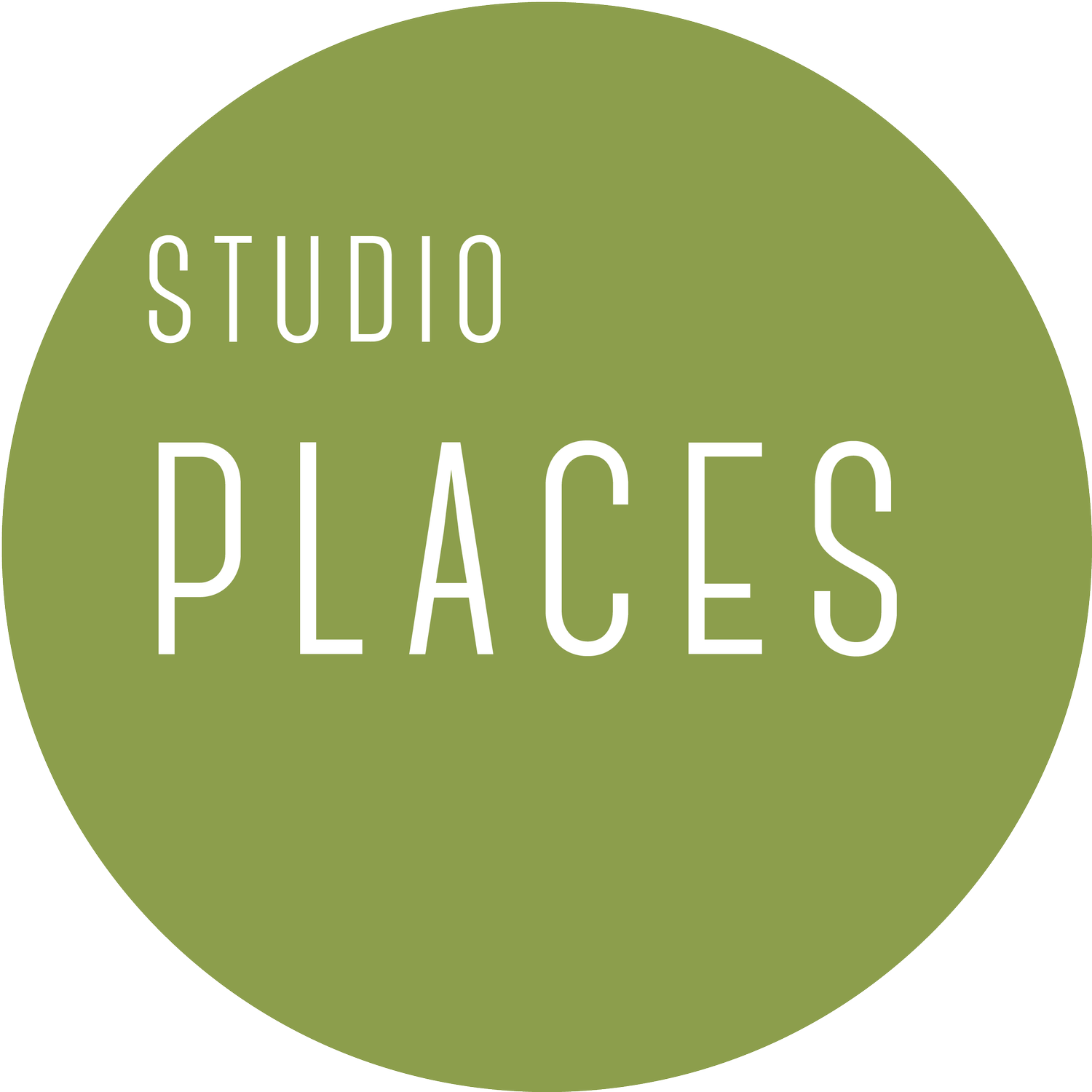Writing from my roots
Months ago
After receiving an e-mail from my supervisor and clicking on a link, I step into the wonderous digital world of Emergence Magazine. I am redirected to the registration page for their upcoming virtual nature writing course. ‘Beyond the Environment: Writing from the Roots’ asks what places have most profoundly shaped us, as human animals and as writers. The genre of ‘nature writing’ is explored through diverse voices and perspective, both as a genre and a practice. What does it mean to encounter the living world? How can we better listen to the places we call home? How can we weave the very landscape itself into our writing practice?
Tuesday, 15 March 2022, 16:54
“Hello Lotte Dijkstra,
Thank you for registering for Nature Writing Course 3: Writing from the Roots. You can find information about this meeting below.
Nature Writing Course 3: Writing from the Roots
Date & Time Apr 20, 2022 01:00 PM Pacific Time (US and Canada)
Apr 27, 2022 10:00 AM Pacific Time (US and Canada)
May 4, 2022 10:00 AM Pacific Time (US and Canada)
May 11, 2022 10:00 AM Pacific Time (US and Canada)
May 18, 2022 10:00 AM Pacific Time (US and Canada)
May 25, 2022 10:00 AM Pacific Time (US and Canada)
Jun 1, 2022 10:00 AM Pacific Time (US and Canada)
Please submit any questions to: info@emergencemagazine.org.”
I’ve never before been so excited about a mere Zoom registration.
Duin & Kruidberg dunes in National Park Zuid-Kennemerland, The Netherlands, February 2021
Wednesday, 1 June 2022
What resonated is the abundant ways we can engage in creative non-fictional storytelling, in the way we write and interact with the natural environment. We are a part of nature, and nature is a part of us. This knowledge can and should shine through in all environmental writing. Coming from an academic background, this was an eye-opener. Descriptive text and statements of fact do not have to exclude feeling, and emotion, and sensation.
What places came forward are the places inside myself, the places I find with and in other people. The sea is a constant throughout my life. Yet in my writing, trees heavily feature. My research involves urban forestry and trees, and I hadn’t realised until this course how much that work topicality is inspired by my true fascination with trees. And how early on in childhood this fascination began.
Themes include creative non-fictional storytelling, multiperspectivity, multisensoric approaches, centring non-human perspectives, and the value and richness in open exchange.
Questions I still have is on how I can take these writing lessons further, and integrate them in my own practices. The weekly sessions motivated me to stick with the work, to keep my heart open. I am wondering how I will continue to do that. Another question: what other authors and magazines haven’t I heard of, but would resonate with me? I learned so many new titles, and new people, new places, new perspectives. I’d like to keep meeting them.•
Inspired by Emergence Magazine & Chelsea Steinauer-Scudder

